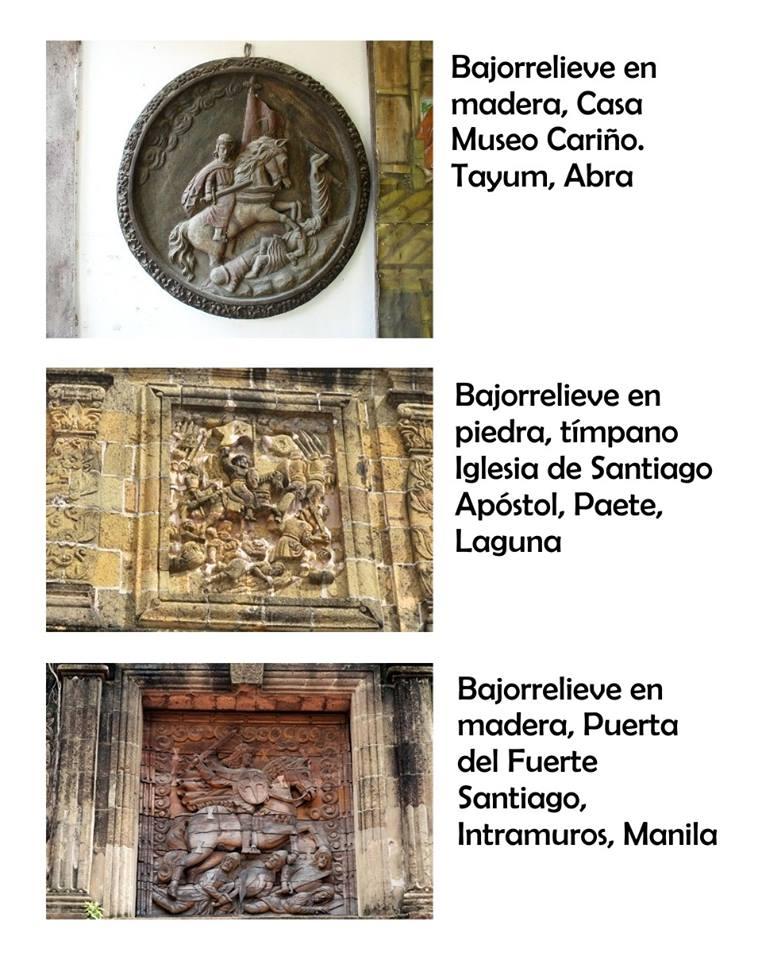Speaking in tongues (glossolalia) is a supernatural gift from the Holy Spirit. People generally describe it as the ability to miraculously speak in a foreign language which one did not even study. There is one scene in the Bible (Acts 2:4) wherein the disciples of Jesus Christ were “all filled with the Holy Spirit and began to speak in other tongues as the Spirit gave them utterance”. This event is also a part of the Rosary’s third glorious mystery.
When I was in high school, some friends of mine and myself were invited by a family friend to join a Catholic charismatic group. I was then a misbehaved kid and I thought that by joining that group would somehow keep me out of the rut for good. During the three-day indoctrination camp, my gang and I were separated from each other and were made to join other groups to build new camaraderie. Attendees were made to choose at least two out of seven gifts from the Holy Spirit, and that during prayer sessions, we would be able to speak in tongues. I was both awed and frustrated during those sessions because, aside from hearing fellow members pray in tongues, i.e., in gibberish or nonsensical words, I couldn’t do so myself.
I spoke to my friends about that weird experience of mine, but cautiously so as not to receive ridicule that I was the only one who did not receive the Holy Spirit. But I was relieved to find out that they, too, found the experience weird. Aside from the fact that they were not able to speak in tongues with their assigned groups, they also heard nothing but chucklesome gibberish among veteran members they were with.
But speaking in tongues is not supposed to be in this manner. The Catholic Facebook page Hagiografaith has this to say:
The gift of tongues is an extraordinary gift of the Holy Spirit. According to theologians, it is not the ability to speak different languages, rather, it is the ability to be understood in different languages, while speaking another language. This gift is meant to break the language barrier, a reversal of what happened in Babel. So, if someone starts babbling gibberish words without anyone understanding what is being said, it is not the gift of tongues. Aside from the apostles, many saints received this gift, like Saint Luis Beltran and Saint Vincent Ferrer.

Fr. Jojo Zerrudo in his homily this afternoon explained thusly: “speaking in tongues means that the person speaks in his own native tongue, but those who listen to him understand what he is saying in their own tongue.” He then followed it up with a very interesting question: “Have you ever thought how the Philippines was evangelized?”
It was a eureka moment for me.
For years, I have always been baffled with how skillfully the Spanish friars were able to study and master the local languages with the sole purpose of spreading the gospel. They were, in fact, the preservers of our major languages since they published grammar books such as the Vocabulario de la Lengua Tagala, Vocabulario de la Lengua Bisaya, Vocabulario de la Lengua Ilocana, etc. (so much for the accusation that they destroyed our culture). More importantly, has anyone thought how it took only a few days for Fernando de Magallanes and Fr. Pedro de Valderrama to convince the Cebuano king and queen (Humabon and Humamay, baptized as Carlos and Juana), alongside their vassals, to embrace Catholicism?
If we say, then, that Humabon et al. were duped into embracing Christianity, do we then admit that our ancestors whom we always take pride of were simpletons? It is not even correct to surmise that Humabon et al. embraced Christianity merely out of necessity, i.e., to form an alliance with the Spaniards to take out his rival Cali Pulaco (Lapu-Lapu). Magallanes, a devout Catholic, would have nothing of that sort. In connection to this, it would be moot and academic to even mention how Fr. Valderrama permitted the baptism to take place.
“I’d like to venture: they must have spoken in tongues in that way,” Fr. Jojo said.
Lapu-lapu and his army of savages killed holy men, but the Filipino government as well as our brainwashed educational system would rather call it “Victory and Humanity”. 🤦♂️
True victory and humanity in our history is the coming of Christ to our archipelago. ¡Feliz cumpleaños a la Iglesia Católica! Veni Creator Spiritus!



